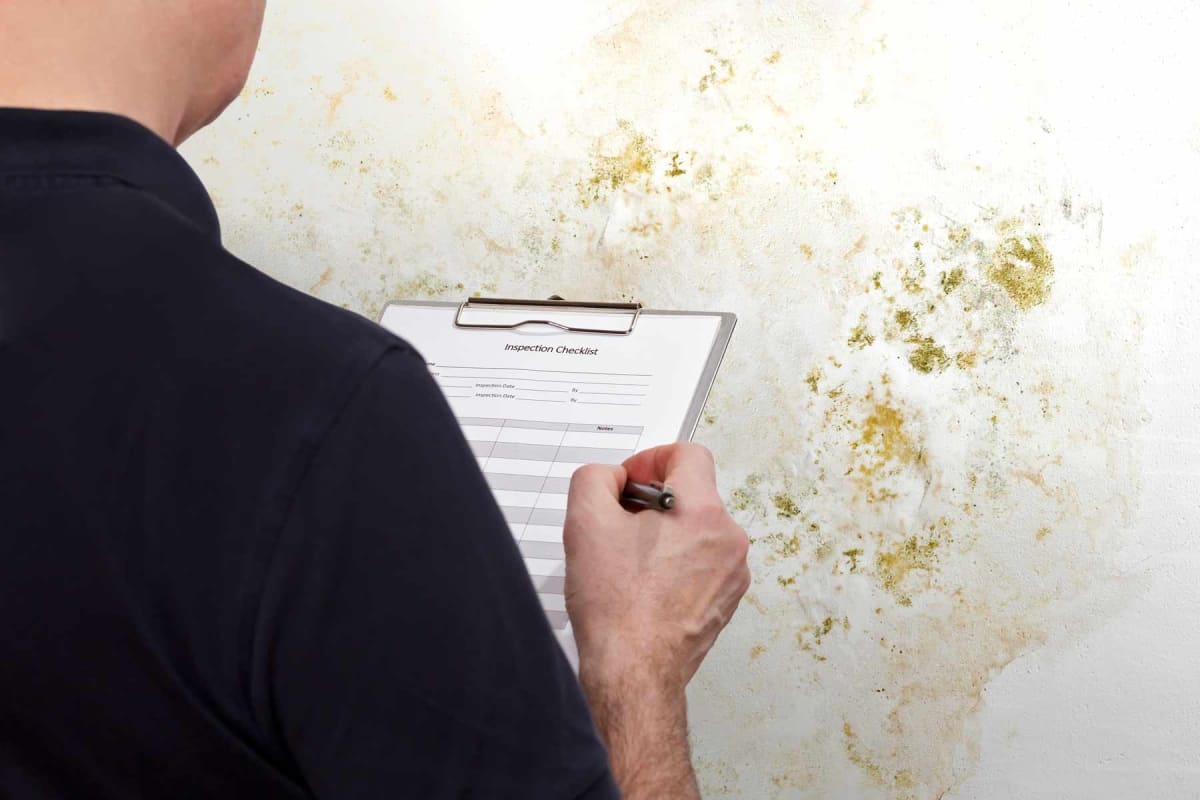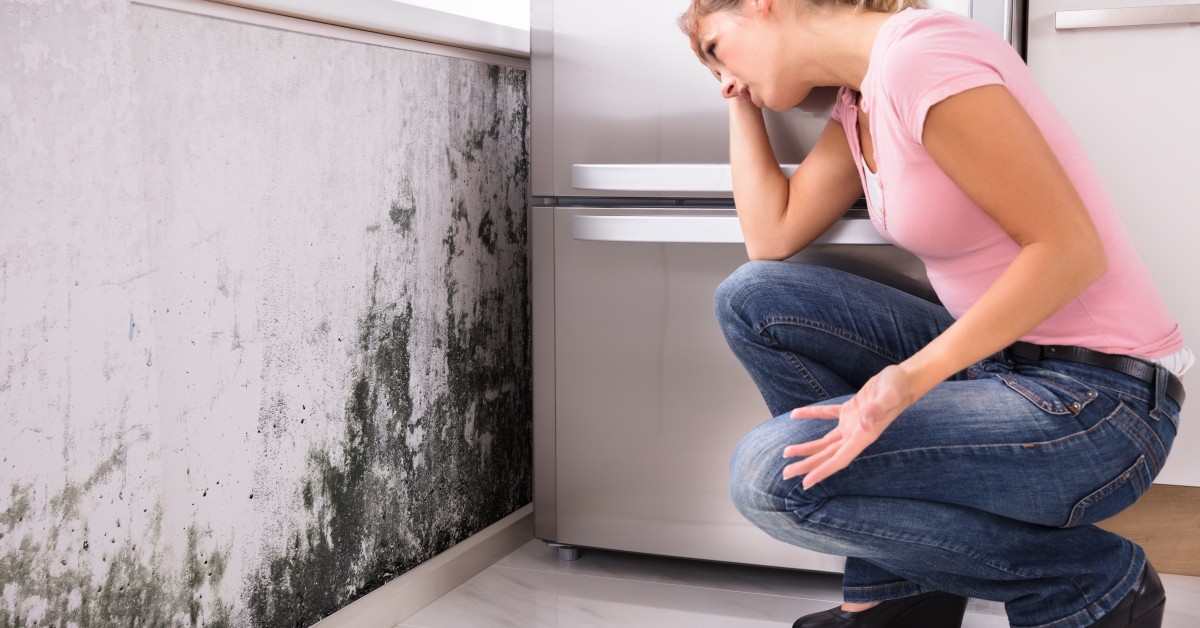Key Tips for Successful Blog Post Mold And Mildew Removal
Addressing mold issues in a effective and prompt fashion is vital for preserving a healthy and balanced interior atmosphere. Efficiently completing mold and mildew remediation is a complex process that calls for focus to detail and adherence to certain procedures. From checking treated locations to executing dampness control measures, each action plays an important role in making sure the efficacy of the remediation process. Nonetheless, there are essential post-remediation steps that are similarly important however usually forgotten. These actions not just confirm the success of the remediation initiatives yet likewise contribute to protecting against future mold growth.
Assessment of Treated Locations
Upon conclusion of the mold and mildew remediation process, an extensive evaluation of the dealt with areas is necessary to make certain the efficiency of the removal efforts. This inspection serves as an important step in the post-remediation stage to verify that the mold elimination and cleaning procedures were effective in removing the mold and mildew invasion and bring back a risk-free interior atmosphere. The assessment should be carried out by certified professionals who have the knowledge to evaluate the remediated areas diligently.
These include visual evaluations to examine for any indicators of mold and mildew growth or water damages, wetness degrees to validate that the area is completely dry and complimentary of excess humidity that could promote mold and mildew re-growth, and air high quality testing to make sure that the interior air is risk-free to take a breath. In addition, the inspection may involve making use of specialized devices such as dampness meters and thermal imaging cameras to detect surprise mold and mildew or wetness pockets that might lead to future mold and mildew troubles if left untreated.

Moisture Control Steps
Efficient wetness control procedures are important for protecting against mold and mildew development and preserving a healthy indoor setting. In addition, using dehumidifiers in moist areas can help lower moisture levels, making it harder for mold and mildew to prosper.
On a regular basis keeping the structure and checking's exterior can additionally stop moisture breach. Post Mold remediation cleaning. Guaranteeing that seamless gutters are clear, downspouts direct water far from the structure, and the roofing remains in excellent problem can help stop water from seeping into the structure. Correctly securing doors and windows can likewise aid keep wetness out
In instances where water damage happens, prompt action is required. Any kind of leakages or spills must be cleaned up and dried within 24-48 hours to avoid mold growth. Utilizing wetness meters can aid spot surprise resources of water and ensure detailed drying. By executing these wetness control actions, the danger of mold and mildew returning can be considerably minimized, creating a much healthier indoor setting.
Appropriate Ventilation Assessment
An integral element of guaranteeing a healthy and balanced indoor setting blog post mold and mildew removal is performing an extensive analysis of the air flow system. Appropriate ventilation evaluation plays an important function in protecting against future mold and mildew development and maintaining air high quality within the affected space.
Furthermore, assessing the air flow system consists of analyzing the circulation of air throughout the area to identify any areas of bad circulation where dampness and impurities might accumulate. Proper air flow not only helps in regulating humidity degrees however also help in eliminating airborne mold spores and various other contaminants, thus boosting total interior air top quality. why not check here By addressing any type of air flow problems publish mold and mildew remediation, homeowner can produce a much healthier and more comfortable environment for passengers while minimizing the danger of mold re-infestation.
Cleansing and Sanitation Protocols
To ensure thorough mold remediation, thorough adherence to specific cleaning and disinfection procedures is crucial. Cleansing and sanitation methods play an essential function in the post-mold remediation stage to stop the reappearance of mold and mildew development and make certain a safe and healthy setting. The primary step in this procedure is the elimination of any visible mold development making use of proper cleansing representatives and strategies. It is vital to use EPA-approved fungicides and anti-bacterials to successfully eliminate mold spores and prevent their regrowth.
In addition, implementing precautionary procedures such as applying mold and mildew inhibitors and preserving appropriate air flow can assist decrease the threat of future mold and mildew problems. By complying with stringent cleaning and disinfection methods, building proprietors can ensure the successful obliteration of mold and mildew and produce a healthy interior setting for residents.
Surveillance and Upkeep Plan
Executing a routine monitoring and maintenance strategy is vital for making certain the long-lasting effectiveness of mold remediation initiatives. Once mold and mildew remediation is completed, it is essential to develop a surveillance routine to assess the success of the remediation process. This includes routinely checking the formerly affected areas for any kind of indications of mold and mildew reoccurrence or water damages. By performing routine checks, any type of my response new mold and mildew development can be immediately identified and dealt with, protecting against a reoccurrence of the initial problem.
In addition, developing a maintenance plan is vital to stop future mold concerns. This plan might consist of activities such as fixing pipes leaks, enhancing air flow, and managing interior moisture degrees. Routine maintenance not only aids in protecting against mold and mildew however likewise adds to preserving a healthy and balanced interior atmosphere. It is a good idea to document all monitoring and upkeep tasks to track development and guarantee uniformity in the maintenance of the remediated locations. By executing a detailed go to my blog surveillance and maintenance strategy, the risk of mold and mildew re-emergence can be dramatically decreased, advertising a risk-free and clean living or workplace.
Final Thought
In verdict, successful post mold and mildew removal includes thorough examination of treated locations, execution of moisture control actions, assessment of appropriate air flow, adherence to cleansing and sanitation procedures, and establishment of a tracking and upkeep plan. These vital steps are vital to guarantee that mold growth is effectively eliminated and stopped from persisting in the future. By complying with these guidelines, residential property owners can keep a safe and healthy and balanced environment for residents.
Upon conclusion of the mold removal process, a detailed evaluation of the treated areas is imperative to make certain the effectiveness of the remediation initiatives. These consist of aesthetic evaluations to check for any kind of indicators of mold development or water damages, dampness levels to confirm that the location is free and dry of excess moisture that could promote mold and mildew re-growth, and air quality testing to make sure that the indoor air is safe to breathe. In addition, the inspection may include using specialized tools such as dampness meters and thermal imaging video cameras to identify surprise mold or dampness pockets that could lead to future mold troubles if left untreated. By resolving any ventilation concerns publish mold remediation, property owners can develop a much healthier and a lot more comfortable environment for occupants while decreasing the threat of mold and mildew re-infestation.
